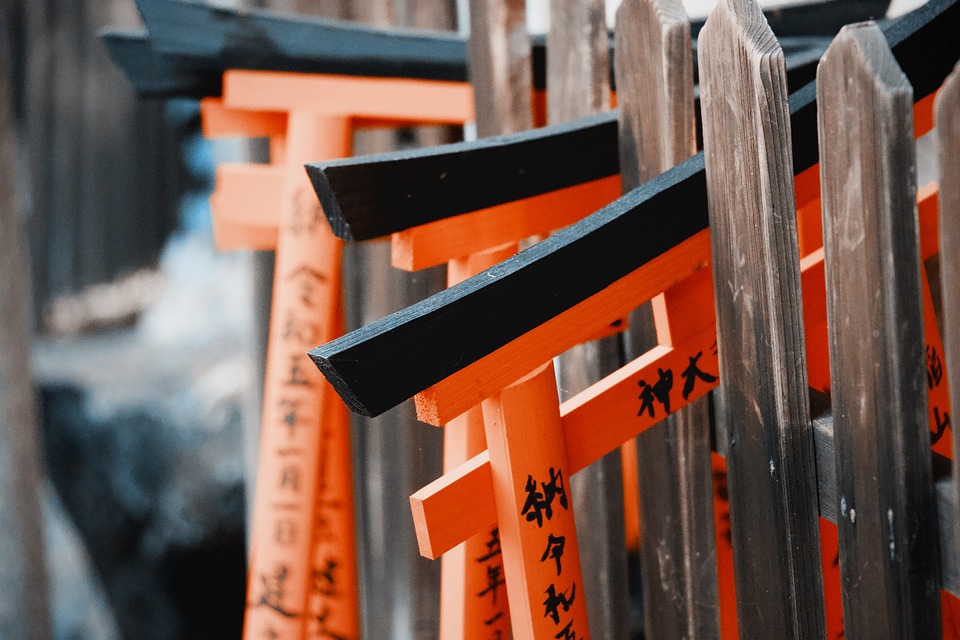[ad_1]
Japanese sake, also known as nihonshu, is a traditional Japanese alcoholic beverage that has been enjoyed for centuries. Made from rice, water, yeast, and koji mold, sake has a unique production process that sets it apart from other types of alcohol. In this article, we will take a closer look at the production process of Japanese sake, from the selection of rice to the fermentation and aging of the final product.
Selection of Rice
The first step in the production of Japanese sake is the selection of the rice. Sake rice, also known as shuzo kotekimai, is a special type of rice that has been cultivated specifically for the purpose of making sake. The best sake rice is characterized by its ability to absorb water and produce a high level of starch suitable for fermentation. Some popular varieties of sake rice include Yamada Nishiki and Gohyakumangoku.
Polishing and Washing
After the rice has been selected, it undergoes a polishing process to remove the outer layers of the grain, leaving behind the starchy core. The degree of polishing can vary depending on the desired quality of the sake. Once the rice has been polished, it is then washed to remove any remaining bran and starch powder, leaving behind clean, polished rice ready for the next stage of the production process.
Steaming
The polished rice is then steamed to prepare it for the fermentation process. This step helps to soften the rice and make it more accessible to the koji mold, which plays a crucial role in the production of sake. The steamed rice is then cooled and transferred to the koji room, where the koji mold is cultivated on the surface of the rice.
Koji Production
The koji mold, known scientifically as Aspergillus oryzae, is a key ingredient in the production of sake. It is responsible for breaking down the starches in the rice into fermentable sugars. The koji mold is cultivated on the surface of the rice in a controlled environment, where it is left to grow for a specific period of time. The koji rice is then ready to be used in the fermentation process.
Fermentation
Once the koji rice has been prepared, it is combined with water and yeast to create a mash called moromi. This mash is left to ferment for an extended period of time, typically anywhere from 18 to 32 days. During fermentation, the sugars in the rice are converted into alcohol, resulting in the creation of sake. The fermentation process is carefully monitored and controlled to ensure the desired flavor and aroma profiles are achieved.
Pressing
After the fermentation process is complete, the moromi mash is pressed to separate the liquid from the solids. The liquid that is extracted is known as sake kasu, which can be used in the production of other food and beverages, such as pickles and marinades. The remaining liquid is the raw sake, which undergoes further processing before it is ready to be consumed.
Filtering and Pasteurization
The raw sake is typically filtered to remove any remaining solids and impurities, resulting in a clear, refined liquid. It may also be pasteurized to stabilize the sake and extend its shelf life. However, some premium sake varieties are left unpasteurized to preserve their delicate flavors and aromas.
Aging
While most types of sake are meant to be consumed young, some high-quality sake is aged to develop complex flavors and aromas. Aging sake involves storing it in tanks or bottles for an extended period, allowing the flavors to mellow and mature over time. The length of aging can vary depending on the desired style of sake.
Conclusion
The production process of Japanese sake is a labor-intensive and meticulous art that requires skill, patience, and precision. From the selection of the finest rice to the careful nurturing of the koji mold and the precise fermentation and aging of the sake, each step is carefully executed to produce a beverage that is steeped in tradition and culture. Understanding the production process of sake can help us appreciate the craftsmanship and dedication that goes into making this revered Japanese beverage.
FAQs
Q: What is the difference between sake and rice wine?
A: Sake is often mistakenly referred to as “rice wine,” but it is actually a fermented beverage made through a brewing process similar to beer, while rice wine is typically made through the fermentation of rice with the addition of various microorganisms, similar to the production of wine.
Q: What is the proper way to enjoy sake?
A: Sake can be enjoyed at a variety of temperatures, from chilled to warm, depending on the type of sake and personal preference. It is best enjoyed in traditional sake cups or wine glasses, and should be savored slowly to appreciate its complex flavors and aromas.
Q: Can sake be paired with food?
A: Yes, sake can be paired with a wide range of foods, including sushi, sashimi, grilled meats, and even cheese. The subtle nuances and umami-rich qualities of sake make it a versatile and complementary beverage for a variety of cuisines.
From the careful selection of rice to the precise fermentation and aging processes, Japanese sake production is a time-honored tradition that continues to be upheld by generations of skilled artisans. Understanding the intricate journey from grain to glass can deepen our appreciation for the craftsmanship and artistry that goes into creating this beloved Japanese beverage.
[ad_2]




Comments